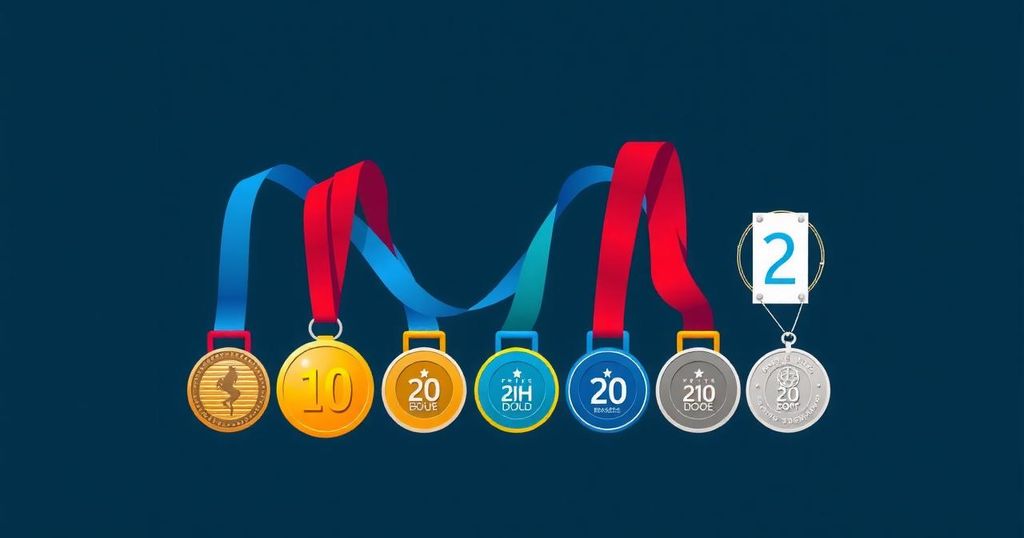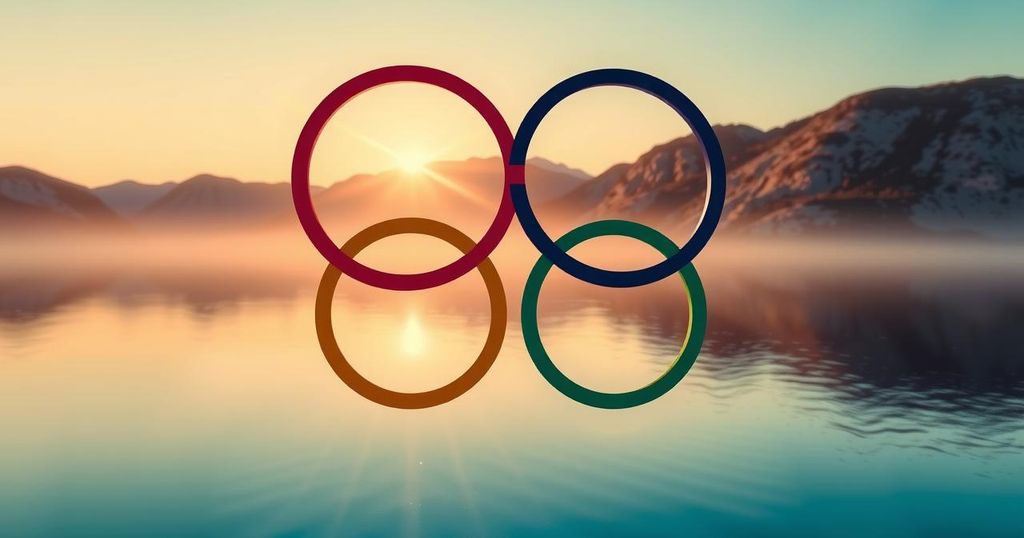Evaluating Olympic Success: A New Perspective on Medal Rankings Through the Goldilocks Model
Summary
At the recent Olympics, Kaylee McKeown’s gold in the 100 m backstroke highlighted the debate on how Olympic success is measured, with the U.S. favoring total medal counts while others prioritize gold. The newly proposed Goldilocks model, developed by Duncan and Parece, offers a balanced alternative by factoring in population sizes to evaluate improbability in medal counts, ranking Australia as top performer at the Tokyo Games despite traditional metrics favoring larger nations like the U.S. and China.
The performance of countries at the Olympic Games is a subject of much debate, often influenced by differing criteria for ranking achievements. Australia’s Kaylee McKeown recently exemplified this when she secured her second consecutive Olympic gold medal in the 100 metre backstroke on July 31. While this contributed to Australia’s medal tally, which positioned them third overall in the rankings, the United States utilizes a different metric for measurement – focusing on total medals earned, regardless of color. Thus, despite McKeown’s triumph, the U.S. athletes Regan Smith and Katharine Berkoff secured second and third places, respectively, yielding a count of two medals to Australia’s one in that event. As nations vie for recognition, their standings can be manipulated based on the metrics used. Historically, total medal counts, including gold, silver, and bronze, have favored larger nations such as the United States and China, often dominating the Olympic medal tables. Conversely, if one examines medals per capita, smaller nations like San Marino, with a minuscule population, can emerge more favorably. During the Tokyo Olympics in 2021, for instance, San Marino won three medals for its population of 33,000, thereby ranking first in this metric. In an effort to establish a more balanced ranking system, Robert C Duncan and Andrew Parece developed a statistical model known as the “probability-adjusted national rankings,” commonly referred to as the Goldilocks model. Their method considers how improbable a nation’s medal results are, adjusting for its population size. This model allows for more equitable comparisons, as it ranks countries based on the expected number of medals relative to their populations and the actual medals won during the Games. At the conclusion of the Tokyo Olympics, this model notably placed Australia at the top, despite the United States achieving the highest total medal count based on traditional metrics. Australia, expected to secure only 3.87 medals based on its population of approximately 25 million, achieved an impressive total of 46 medals, making its performance highly improbable and thus worthy of the top ranking under this system. Currently, during the Paris Olympics, updates to this ranking system are being made available daily. Notably, France took an early lead within these rankings, although Australia later surpassed them. This model’s supporters contend that it provides a more meaningful assessment of national performance than traditional methods. Critics, however, like statistician David Frazier from Monash University, suggest that the inherent assumptions of this model overlook nuances such as which countries field athletes in specific events or invest heavily in certain sports, which could skew probabilities and the expected outcomes of medal counts. Ultimately, Duncan and Parece emphasize that no one method is definitively correct. Instead, their aim is to cultivate interest in the Olympics and illustrate that a variety of nations can succeed, allowing them a chance to shine amid traditionally dominant competitors. They advocate for engagement and excitement through their balanced ranking system, thereby appealing to both medium-sized nations and the broader Olympic community.
Assessing Olympic performance varies globally; while the United States emphasizes total medal counts, most countries prioritize gold medals. This discrepancy can lead to differing perceptions of success at the Games. Larger nations often dominate traditional rankings, whereas newer methods like those proposed by Duncan and Parece aim to create a more equitable evaluative framework. Their Goldilocks model incorporates population size to adjust the expected versus actual medal outcomes, presenting an alternative perspective on Olympic achievement that recognizes the substantial accomplishments of smaller nations.
The ranking of countries at the Olympics remains a contentious topic, influenced by the specific metrics employed. The standard practice of ranking by total medal counts often favors larger nations, while a new model introduced by Duncan and Parece offers a chance for smaller countries to gain recognition. Understanding the disparities in these ranking methodologies can provide better insights into national performances, especially as they pertain to Olympic engagement. As the Olympics continue to evolve, so too must the methods by which we celebrate athletic success.
Original Source: www.theguardian.com








Post Comment